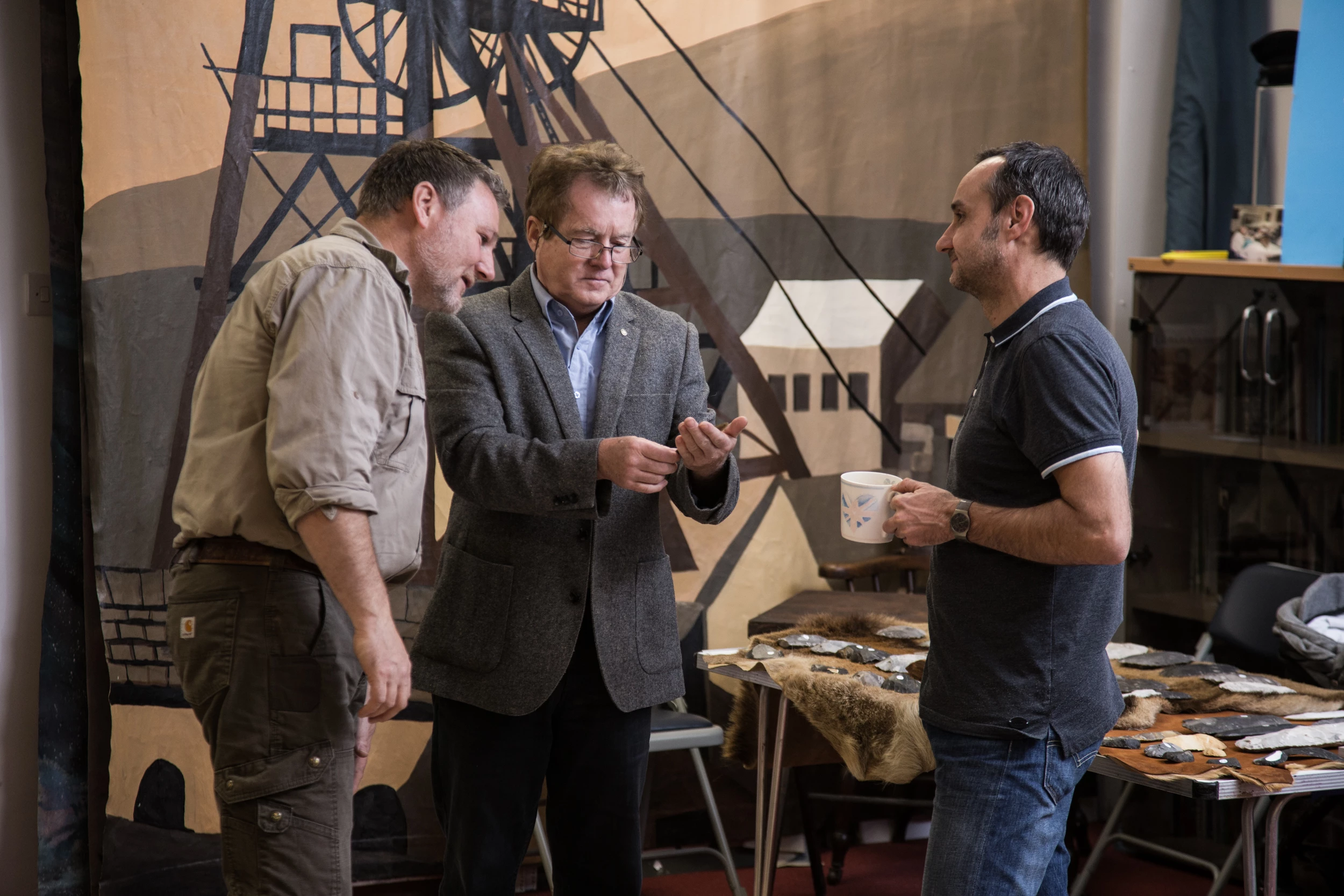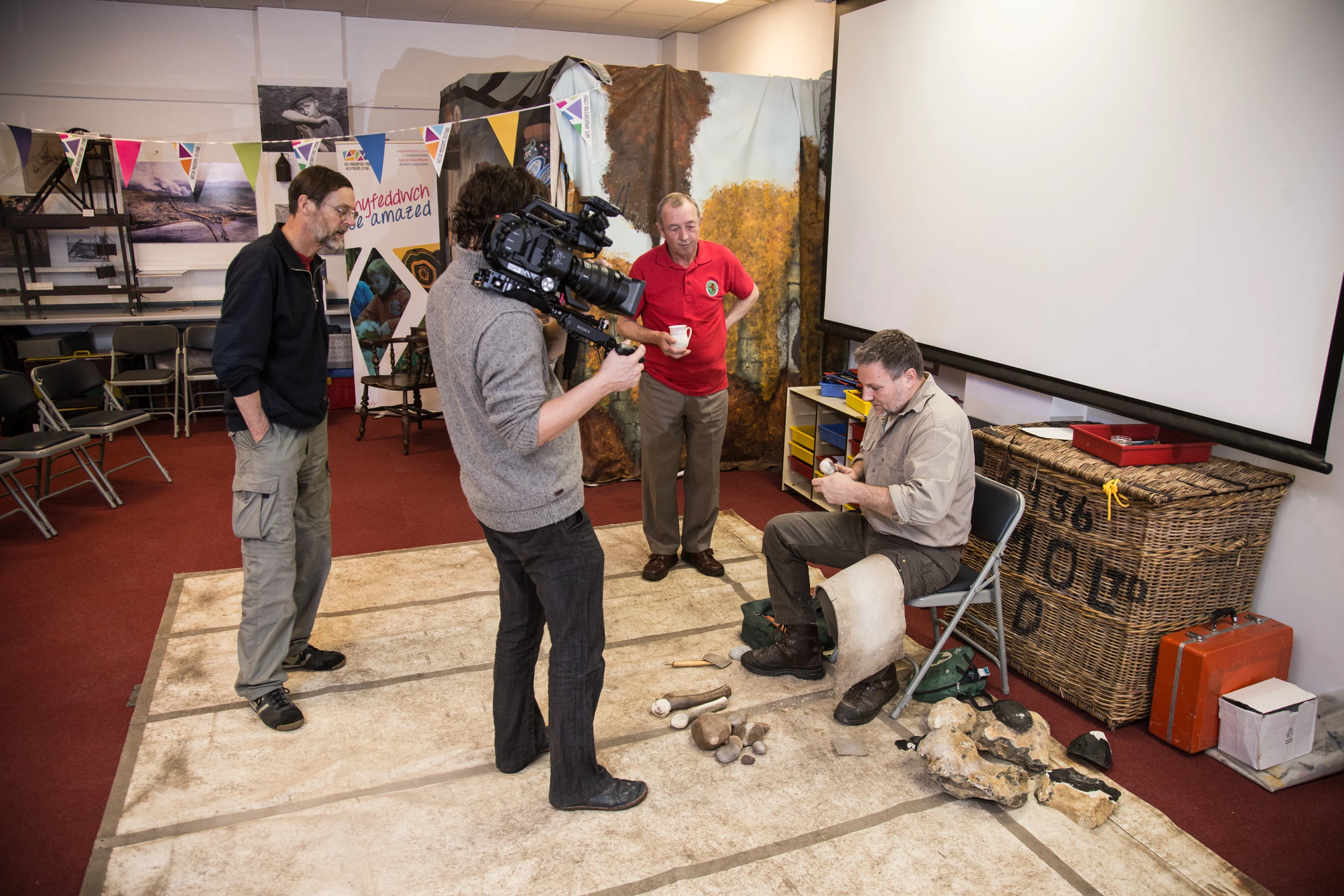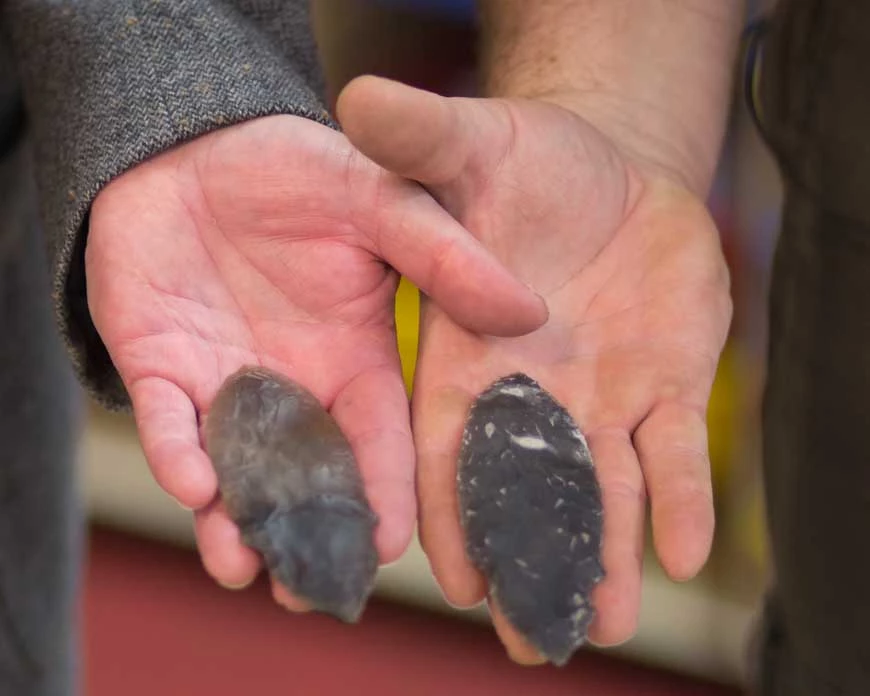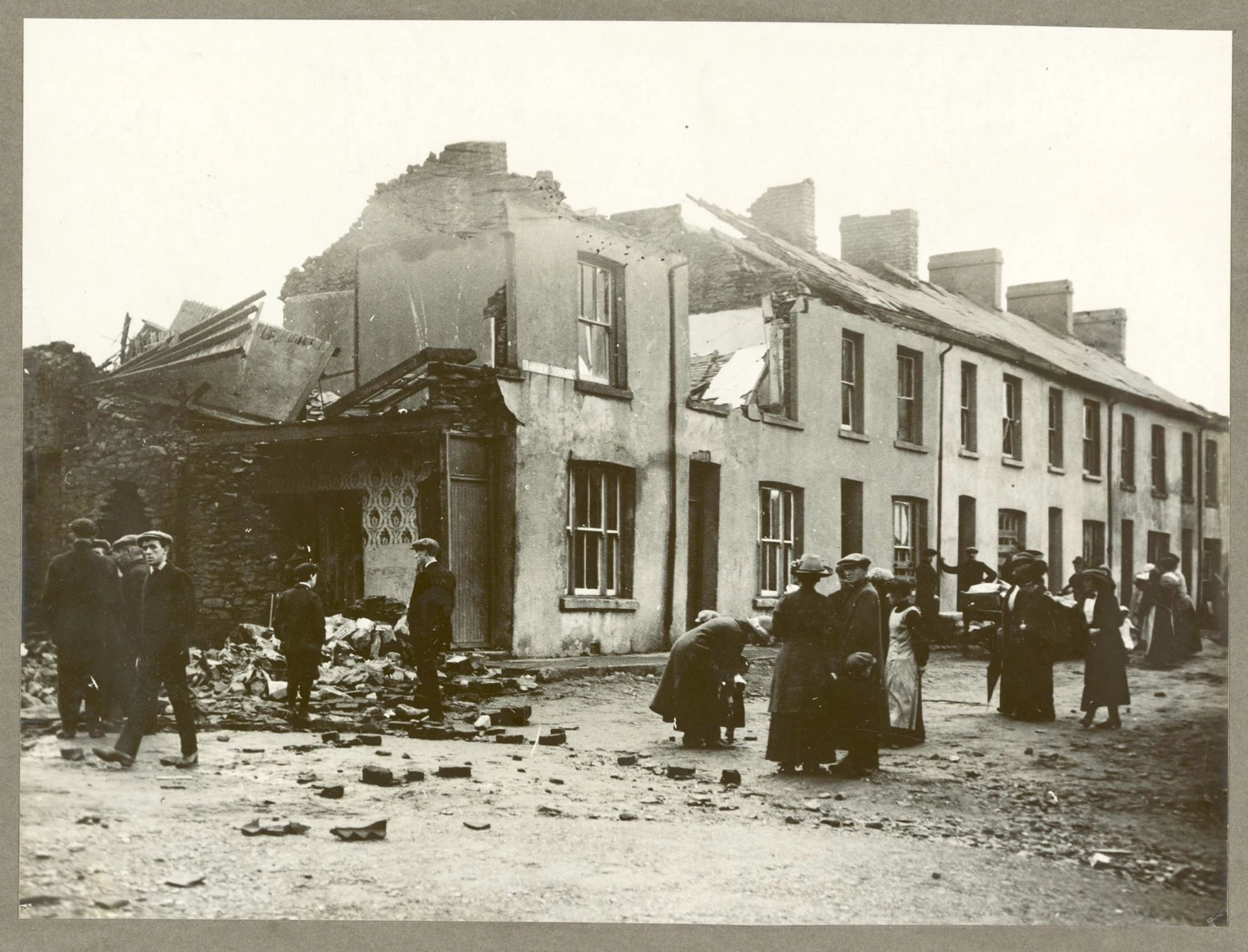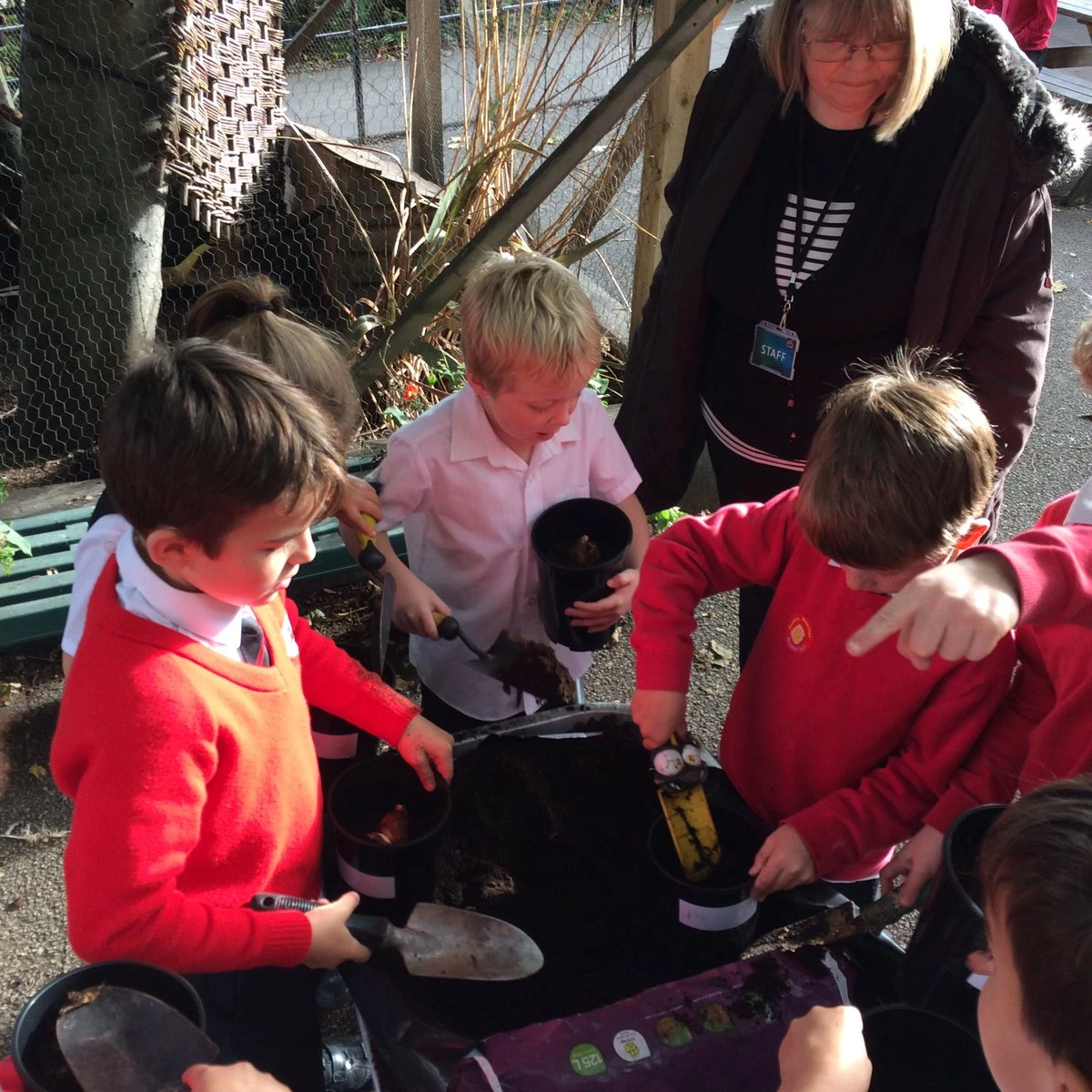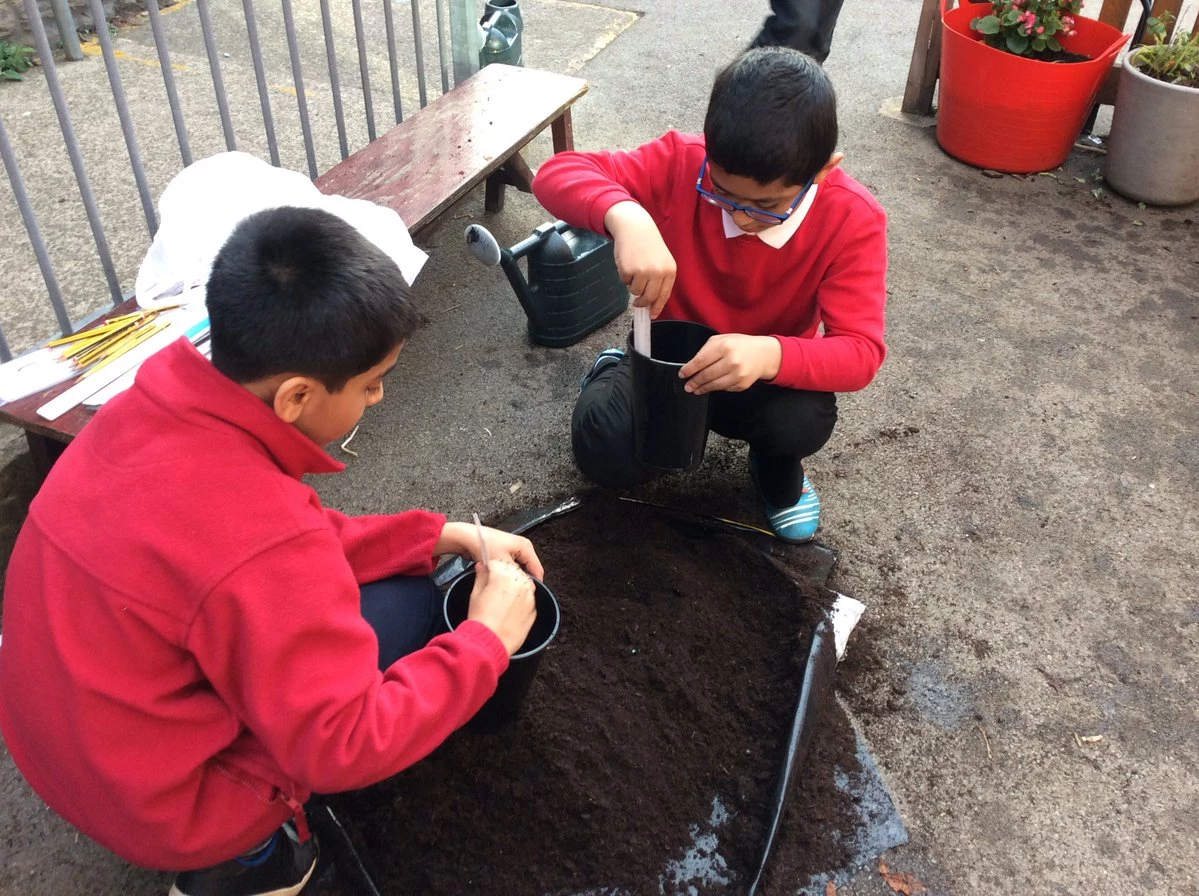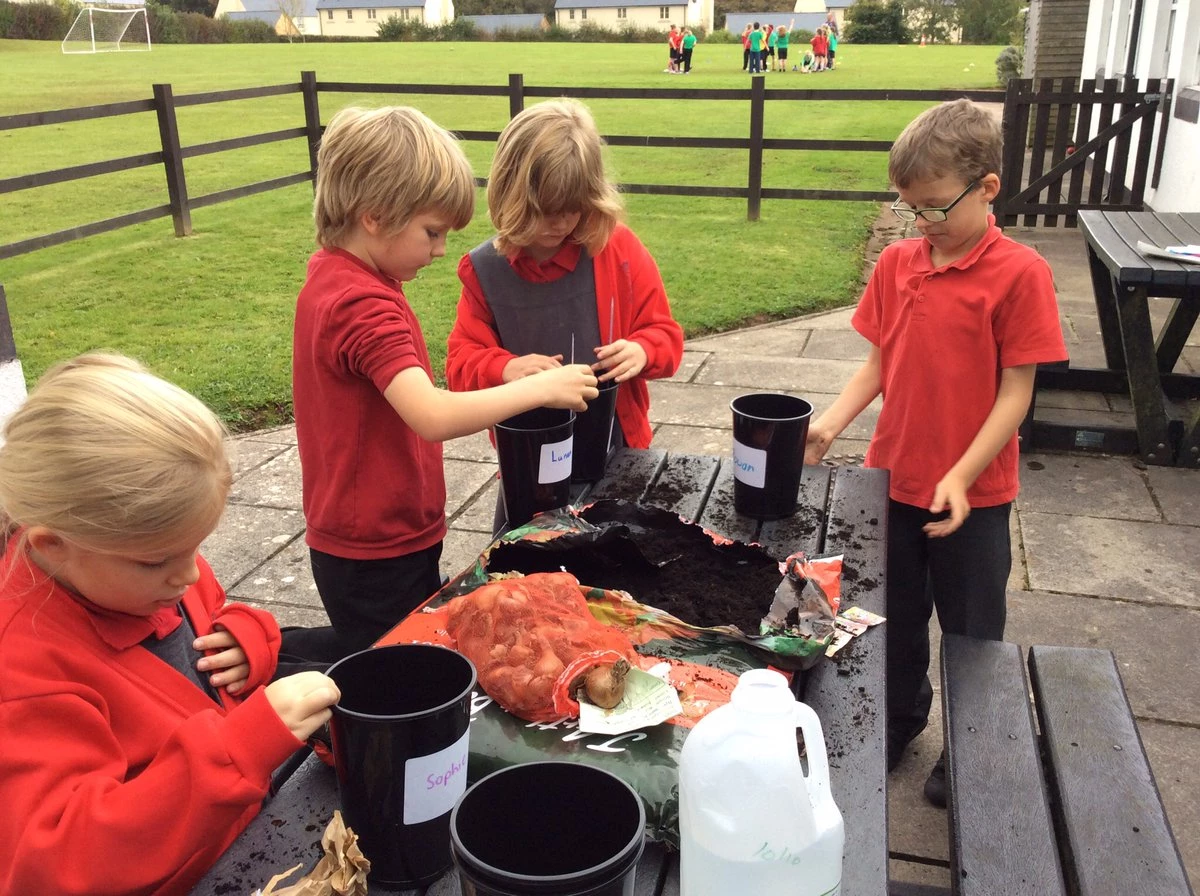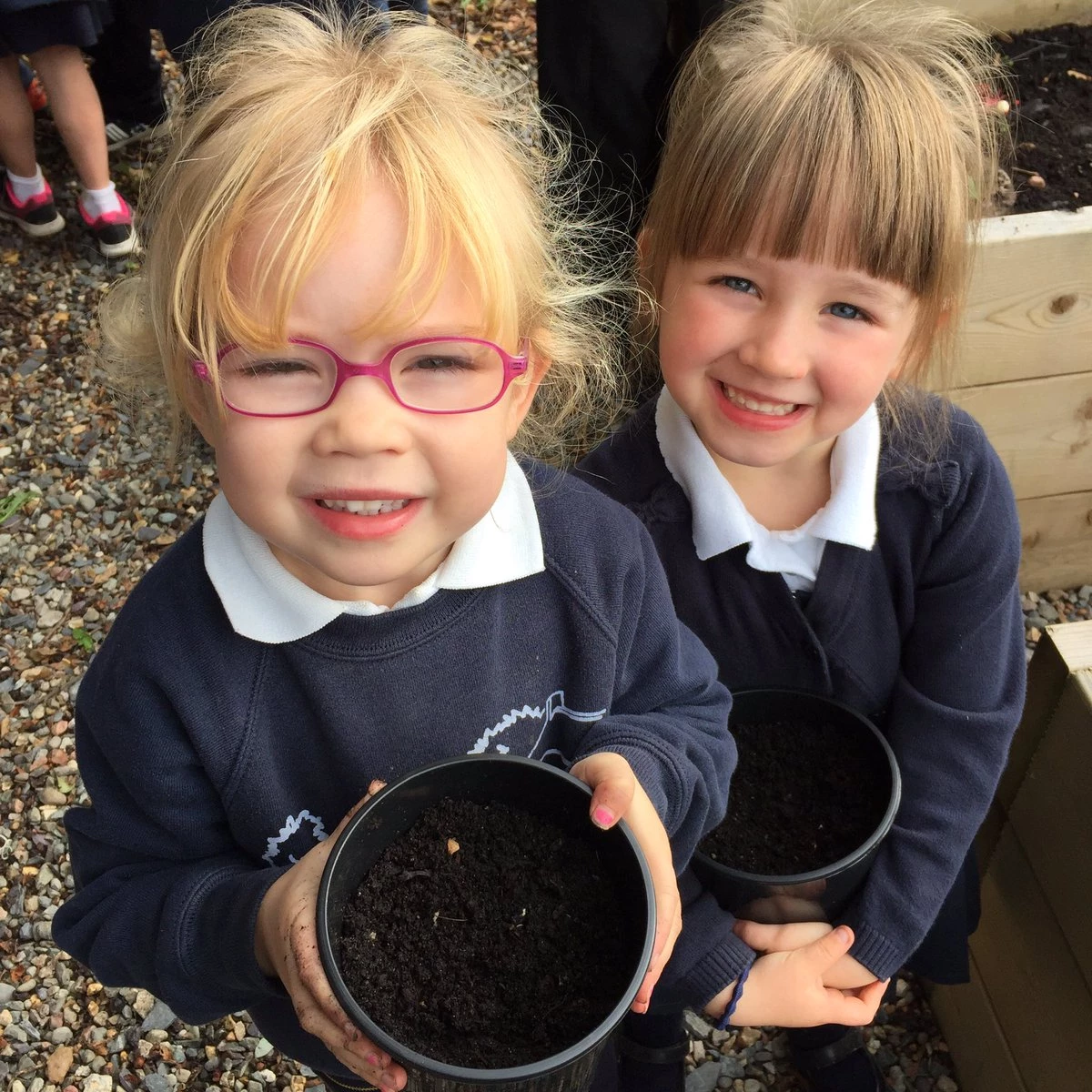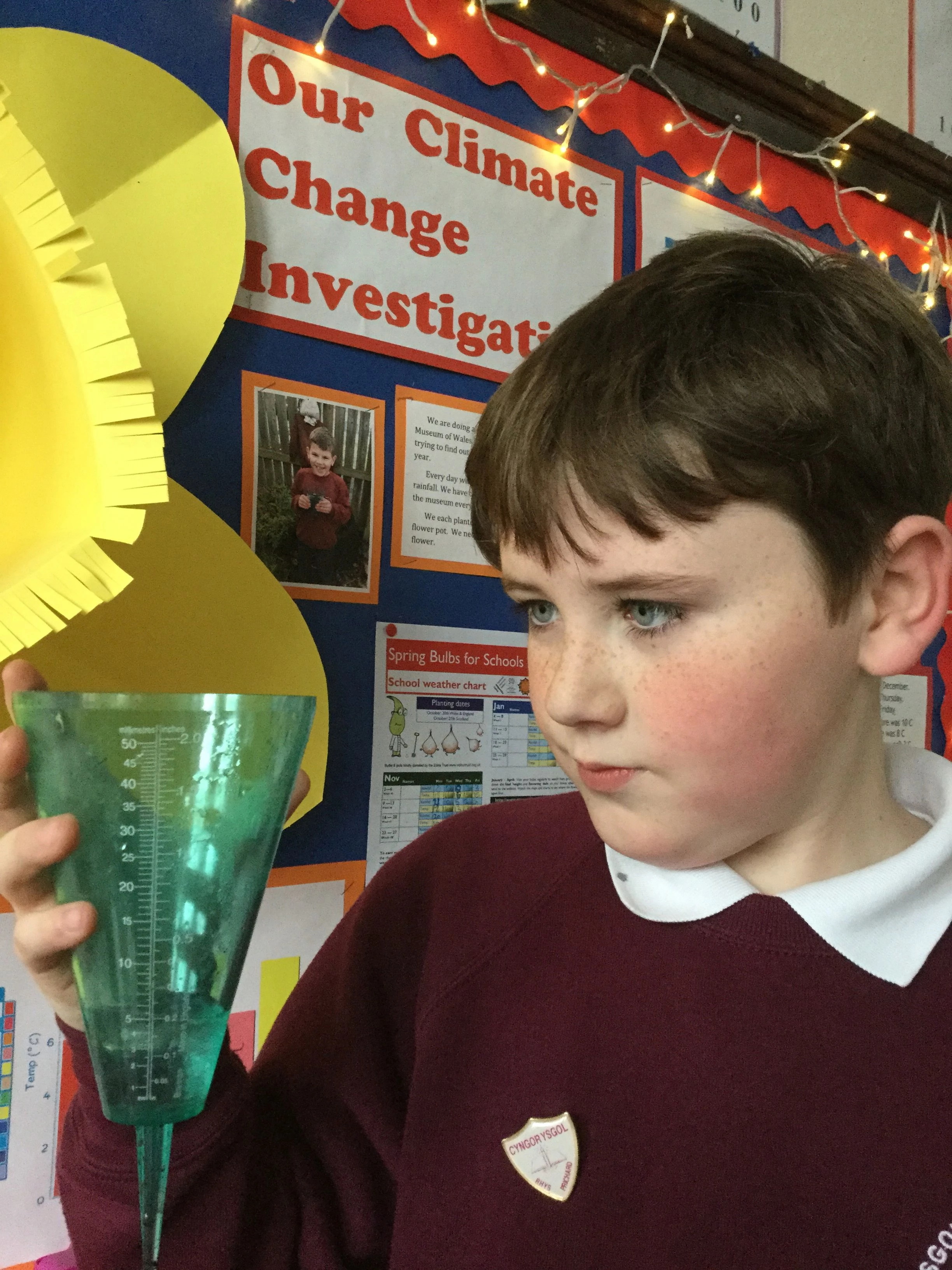Hello Bulb Buddies,
Thank you for the comments and observations you sent in with last weeks weather readings. I've included some of these below. Many of you have commented that the temperature has dropped and that you have had higher rain fall. Some of you have even had snow! For this reason I want to talk to you about how Meteorologists (weather scientists) measure snow.
It is a lot trickier to measure the amount of snow that falls than it is to measure the amount of rain. This is because snow misbehaves! Snow is often blown by the wind into drifts, which causes some areas of deep snow and less snow in the areas around it. Because the snow fall is uneven the measurements from these places will be wrong! This is why we have to measure snow on flat surfaces, in the open and away from areas where drifts happen! Snow also likes to play games with Meteorologists who want to measure it, it melts into water and re-freezes into ice! This means that the snow measured on the ground isn’t always the same as the amount of snow that has fallen. Another problem is that new snow settles on old snow, so it is difficult to tell how much snow has fallen in one day from the snow that fell the day before!
Meteorologists have to take all these tricks the snow plays, and work around them to discover how much snow has fallen. They look at snow fall (the amount of snow that falls in one day) and snow depth (how deep the total snow level is, old snow and new snow). One way that Meteorologists measure snow fall is to use a piece of ply wood. They place the wood in an open location away from areas where snow drifts occur, and measure the snow on the board at 6hr intervals, clearing the snow from the board each time they measure it. This means they are only measuring the snow from that day, which will tell them how much snow has fallen on that day in that area!
Snow fall can also be measured in its melted state, as water. This means that you can use your rain gauge to measure the water equivalent of snow fall! If you only get a bit of snow then it should melt in your rain gauge anyway. But if you get a lot of snow, take your rain gauge inside to the warm and wait for the snow to melt into water. Then measure the water in the same way as you have done each week and report this as rain fall in your weather logs.
If you have snow and enough time for an extra experiment – why not have a go at measuring snow depth? To do this all you need is a ruler (also known as a snow stick!). Place the snow stick into the snow until it touches the surface underneath, and read the depth of the snow.You need to take these measurements from flat surfaces (benches work well) in open areas and away from snow drifts! You need to take at least three separate measurements to work out the average snow depth in your area. You work out the average measurement by adding the different readings together and dividing them by the number of measurements. So, if I measured the snow depth of three surfaces at 7cm, 9cm and 6cm, I would add these together (7+9+6 =22) and divide that by three, because there are three readings (22÷3=7.33). So 7.33 would be my average reading for snow depth on that date.
Weather stations such as the MET Office have come up with new ways of measuring snow depth, using new technologies. The picture on the right shows one of the MET Offices snow stations. These use laser sensors to measure how deep the snow is on the flat surface placed below it. This means that Meteorologists can collect readings from all over the country at the push of a button – which is far more reliable and a lot easier than sending people out into the cold with snow sticks! The map on the right shows how many snow stations the MET office has and where these are, is there one close to you?
If you have snow and measure the snow fall with your rain gauge or the snow depth with a snow stick, then please tell me in the ‘comments’ section when you are logging your weekly records! I would be very interested to know what the snow depth is compared to the snow fall collected in your rain gauge!
Keep up the good work Bulb Buddies,
Professor Plant
Your comments:
Carnbroe Primary School: The weather in Carnbroe changed throughout the week. It started with beautiful crisp sunny days, snow on Wednesday and finally it rained and rained. Our plants were all well watered. Hooray!!
East Fulton Primary School: We had snow during Tues evening which is why rainfall reading is so high on Wed.
Auchenlodment Primary School: On Tuesday night it snowed so the rain gauge was filled with snow on Wednesday. We had to melt the snow so we could get a reading.
St. Charles Primary School: It was very icy this week and the water in the water gauge was frozen.
Ysgol Y Wern: Mae'r tywydd wedi oeri ond mae hi wedi bod yn heulog.
Arkholme CE Primary School: First really cold weather also got a bit of frost and one of the pots fell over. None of the bulbs have started to sprout yet though.
Stanford in the Vale Primary School: Frosty mornings, bright blue skies we have experienced this week. Heavy rain on Wednesday.
Henllys CIW Primary: We had a lot of rain on Wednesday and it was cold on Monday
Beulah School: very rainy Tuesday night !!!!!!!!!!
Trellech Primary School: It rained on Wednesday but not any other day of the week. It was fun measuring the rainfall.
St. Nicholas Primary School: We had a lot of rain on Tuesday night.
Barmston Village Primary School: The weather has been rainy this week.
Ysgol Glanyfferi: A wet week in Wales! Getting colder. Looking forward to seeing green shoots.
Broad Haven Primary School: It was very windy to start this week but with some sun. We had more rain and it was cold in the mornings.
Ysgol Rhys Prichard: A lot of rain on Wednesday. Really cold on Tuesday.
Darran Park Primary: The rainfall hasn't been very consistent. On the other hand the temperature has been very consistent has only varied by 1 or 2 degrees.
St. Charles Primary School: It was very icy this week and the water in the water gauge was frozen.
Garstang St. Thomas' CE Primary School: We were on half term this week but Mrs Bosson kept a record of the rainfall and temperature for us.
Professor Plant: Thank you Mrs Bosson!
Breckon Hill Primary School: We have measured the temperature and the rainfall in the location of the pots (front of the school) and in the flower beds (at the back of the school). We have noticed that it is slightly warmer at the front of the school as this area gets a little bit more sun.
